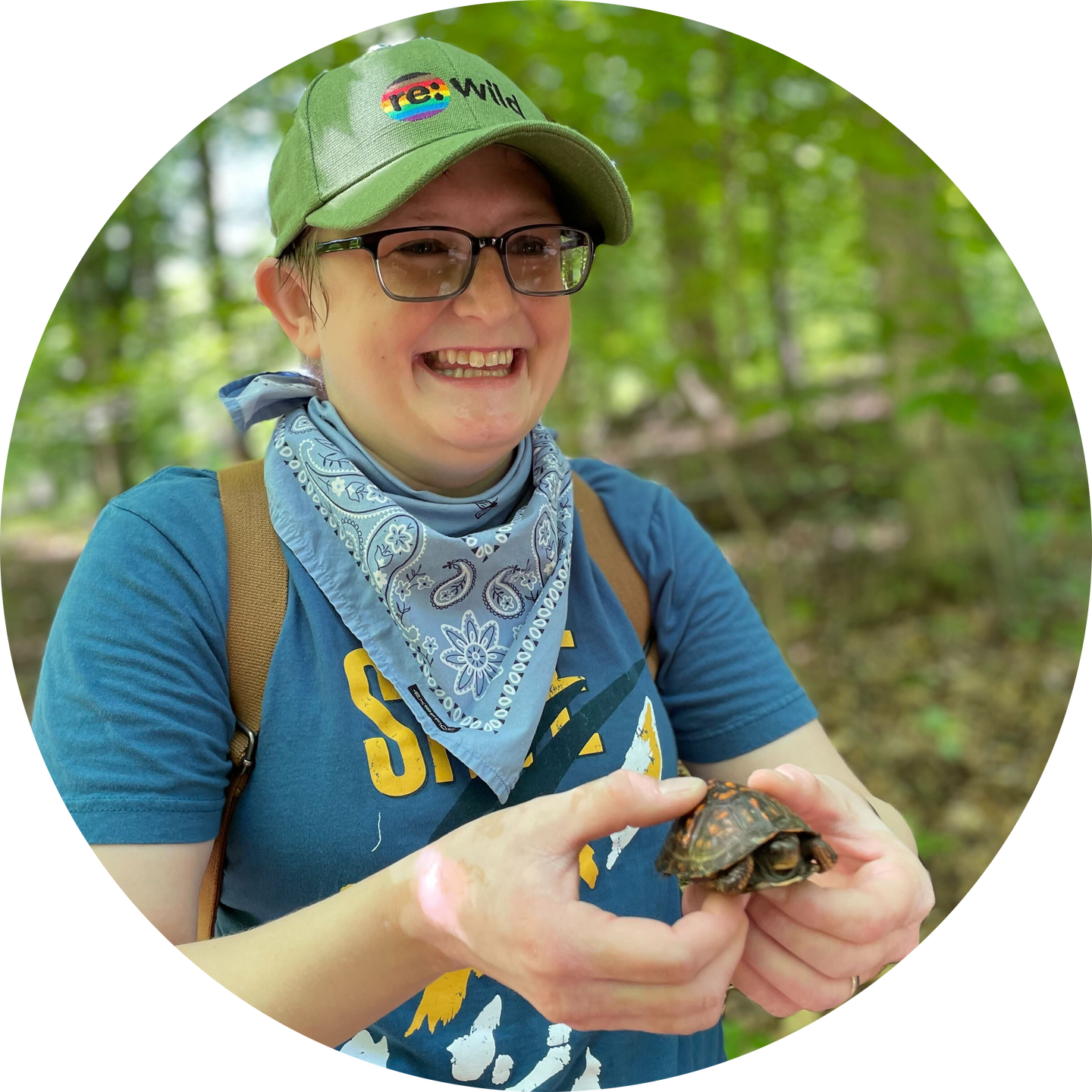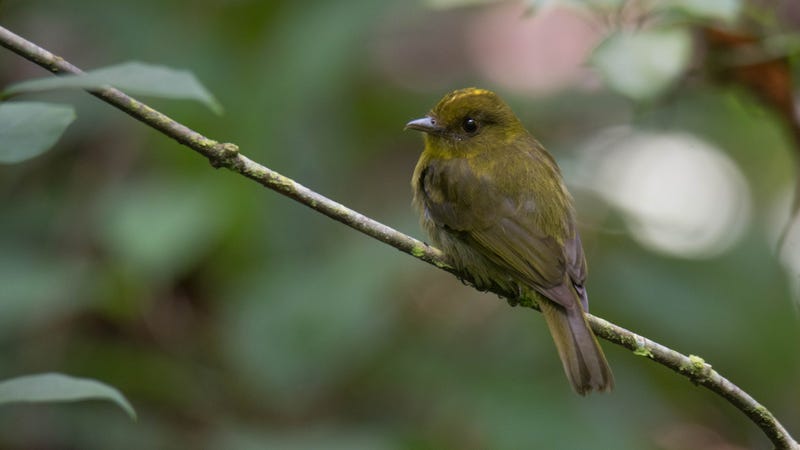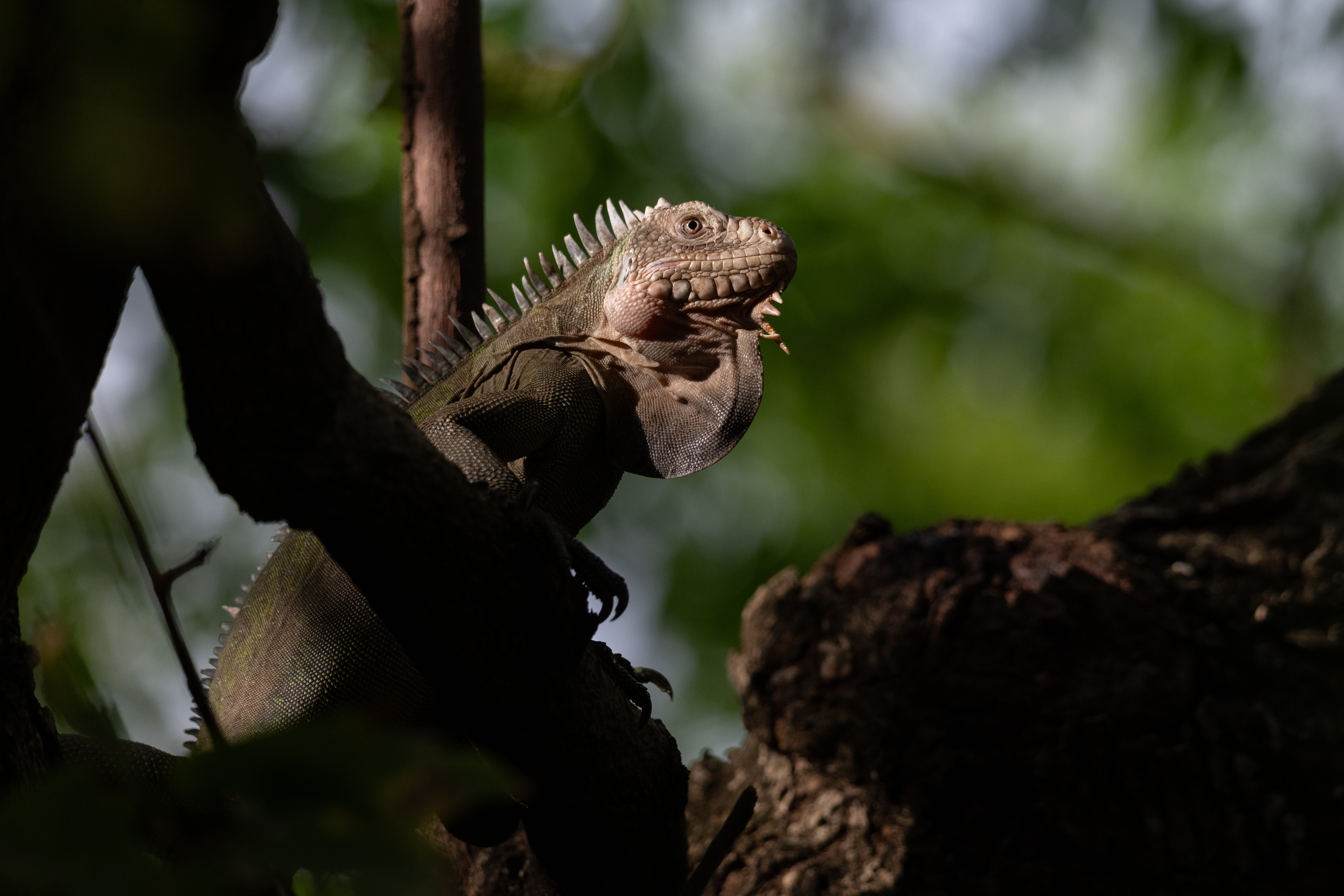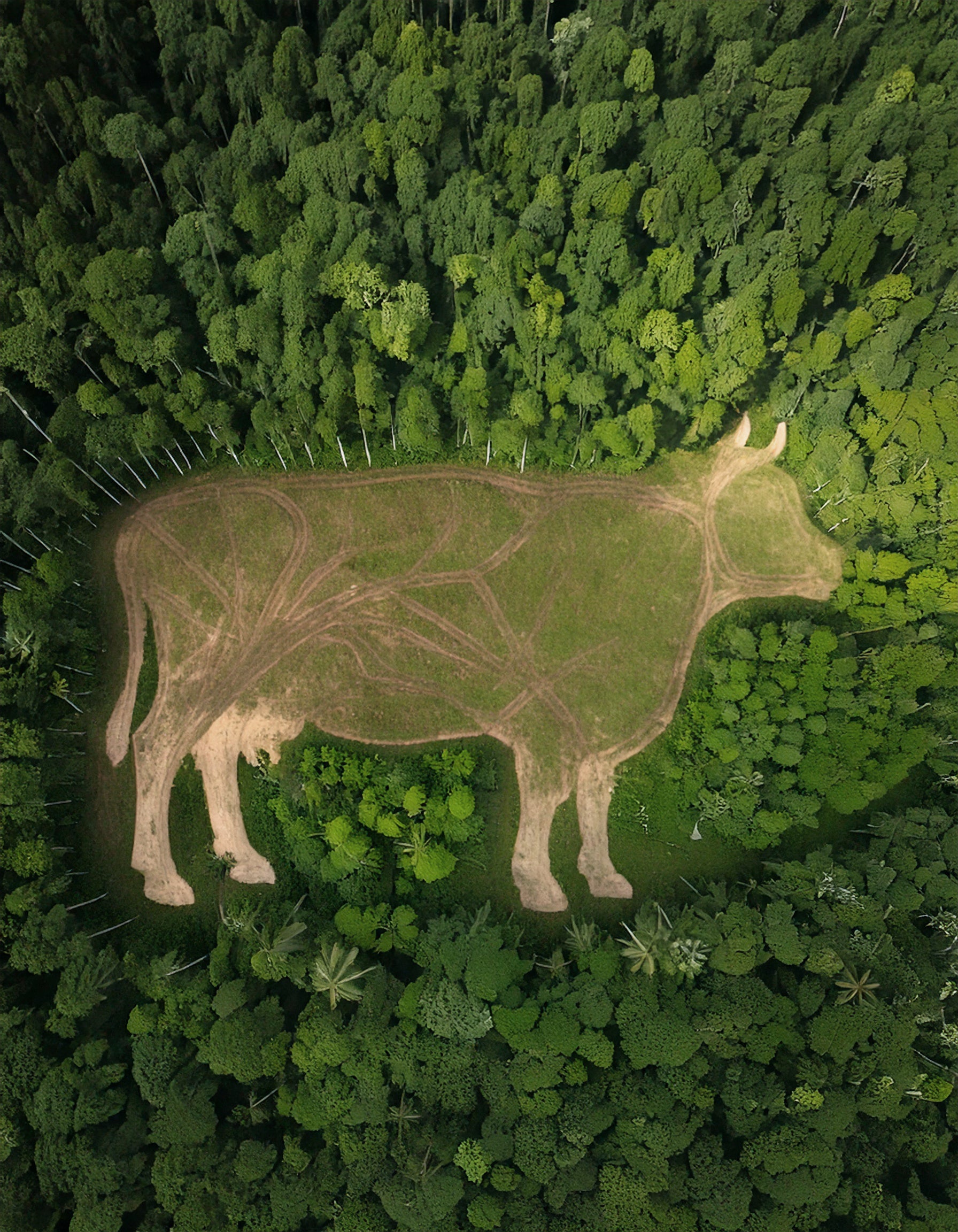A recent expedition to Alto Sinú in the Department of Córdoba, Colombia, led by Sociedad Ornitológica de Córdoba, Asociación Calidris (BirdLife in Colombia) and the National Natural Parks found approximately 30 species of birds that had never before been documented in the department. The expedition team, which included researchers, local naturalists and biologists, was looking for the Sinú parakeet, one of the species on Global Wildlife Conservation’s top 25 most wanted lost species list. The parakeet hasn’t had a confirmed sighting since 1949.
The expedition was the first comprehensive ornithological survey for the Alto Sinú. Until 2016, researchers had not been able to survey species there due to Colombia’s decades-long civil conflict, which still poses a risk to conservationists and recently led to the tragic death of bird conservationist Gonzalo Cardona Molina.
The expedition team suspected that the critically endangered Sinú parakeet may have been living in dense tropical forest in the Murrucucú mountains, unable to be documented and studied. The Sinú parakeet was not one of the species of birds that the expedition team found, but the number of other rare and endangered birds they saw has given them hope that the parakeet may be living in the northern sector of the Western Andes.
“It’s all good news for me,” said Diego Calderón-Franco, a biologist with COLOMBIA Birding, leading the expedition. “Ornithologically, this has been one of the most prolific expeditions in Colombia in recent years, in an area that hasn’t been well-documented, and it showed that there is still much to be discovered there. And the local people on the expedition were some of the best naturalists I have ever met. With their help, we could still find the Sinú parakeet.”
The expedition focused on searching the tropical forests of the northern slope of the Murrucucú mountains at elevations between 450 and 980 meters above sea level. During the course of the 11-day expedition the team documented 238 species of birds. As a result, there are now 589 recorded bird species for Córdoba in the eBird database, an online database that birders around the world use to record confirmed sightings. Before the expedition there were 541 in eBird for Córdoba.
“This expedition has not been easy, but I am pleased it was possible thanks to a good mix of biologists, conservationists, amateur birders and the local communities who joined forces to produce the most complete exploration in the contemporaneous history of our department,” said Hugo Alejandro Herrera Gomez, president of Sociedad Ornitológica de Córdoba. “For me, as an avid amateur birder and nature-lover, this has been no doubt one of the most amazing experiences of my life. It gives me faith that we still have time to save these amazing places and habitats.”
One of the unexpected species the expedition found was a sharpbill, a tiny white and olive bird with dark spots. It’s a rare bird that has only been documented a handful of times in Colombia and those sightings were in Anorí and the San Lucas mountains in the Central Andes, and the Pacific Chocó. The confirmed sighting expanded the known range of the sharpbill, which had never been found in Córdoba before.
The expedition team also found six other bird species that had not been documented in Córdoba for more than 70 years. One of them was the sapayoa. The small olive and yellowish bird had only ever been documented in Córdoba once before in 1949. The Chocó screech-owl and the slate-throated gnatcatcher were two other species that were documented decades after their last confirmed sightings in the department. Each has only been seen in Córdoba once before in the 1960s.
The discoveries adding to the list of new species for Córdoba didn’t stop with birds. The team found a Chocoan lancehead, a golden and brown snake that has never been documented in the department before, though researchers expected to find it in the Murrucucú since the mountains connect the Chocó region with the Magdalena and Nechí areas where the snake is also found.
Among the rare plants the team documented was a type of cocoa tree (Theobroma cf. cirmolinae) endemic to Colombia. It’s only the third time this beautiful tree, with tiny yellow flowers growing directly out of its trunk, has been documented in the country.
Researchers are still working to identify some species they managed to photograph on the expedition. It’s possible as they review records and scientific literature the number of new species for Córdoba could change. The expedition’s researchers are collaborating with other experts to determine if a dwarf squirrel with brownish fur and white-capped ears they photographed is a new species to science.
“Having completed this expedition is very satisfying,” said Luis Fernando Castillo, director of Asociación Calidris. “For three years, we have been thinking about this moment. First, we postponed the expedition due to the security situation in the area, and then we were forced to delay due to the COVID-19 pandemic. Finally, the work is done and the results are exciting.”
Researchers have spent three years organizing the search for the Sinú parakeet, but they are not giving up yet. They hope to search nearby mountain ranges in the future.
The expedition for the Sinú parakeet was sponsored by American Bird Conservancy, Global Wildlife Conservation, Urrá SA ESP, Vortex Colombia, COLOMBIA Birding, Café Cordoba and Urabá Nature Tours.
# # #
Photo: A sapayoa, photographed during an expedition to Alto Sinú to find the Sinú parakeet. The species has only been documented in Córdoba Department in Colombia once before in 1949. (Carlos Bran-Castrillón/Uraba Nature Tours)
Additional Quotes
Carlos Vidal, Parques Nacionales Naturales
“The Paramillo NNP highlights the key work that has been carried by a joint effort between local and international institutions to make a scientific expedition to the highlands of the San Jerónimo mountains in the Murrucucú massif. The results are outstanding as several of the species found are novel records for Córdoba and without any doubt, I think this expedition was vital to broaden the general biological knowledge we have on the Andean sector in the South of Córdoba. We hope this type of activities keep happening over time, benefiting the biodiversity and the ecosystem services we found in South Córdoba.”
Lina Valencia, Colombia conservation officer, Global Wildlife Conservation
“The whereabouts of the Sinú parakeet may still be a mystery, but this expedition has not only expanded the known ranges of other species but has given us hope that it’s not too late for the Sinú parakeet. More collaborative expeditions like this one, where multiple organizations and a diverse group of individuals, from scientists to local community members to amateur birders, are needed around the world so we can better understand and protect the wild.”
John C. Mittermeier, director of threatened species outreach at American Bird Conservancy
“This expedition is a fantastic example of how searches for lost species, such as the Sinú Parakeet, can lead to a wide range of exciting discoveries and benefits for conservation. Even though the team did not find the Sinú Parakeet on this particular expedition, they have added a huge amount to our knowledge of the biodiversity of this poorly-studied part of Colombia and helped to build relationships with the local community that can provide a foundation for future conservation efforts.”
Global Wildlife Conservation
GWC conserves the diversity of life on Earth by safeguarding wildlands, protecting wildlife and supporting guardians. We maximize our impact through scientific research, biodiversity exploration, habitat conservation, protected area management, wildlife crime prevention, endangered species recovery, and conservation leadership cultivation. Learn more at https://globalwildlife.org
ABC is a nonprofit organization dedicated to conserving wild birds and their habitats throughout the Americas. With an emphasis on achieving results and working in partnership, we take on the greatest problems facing birds today, innovating and building on rapid advancements in science to halt extinctions, protect habitats, eliminate threats, and build capacity for bird conservation. Find us on abcbirds.org, Facebook, Instagram, and Twitter (@ABCbirds).
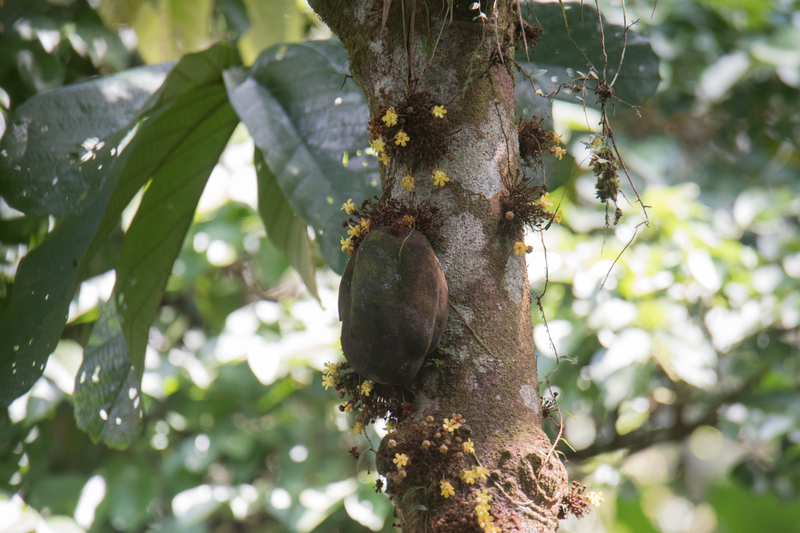
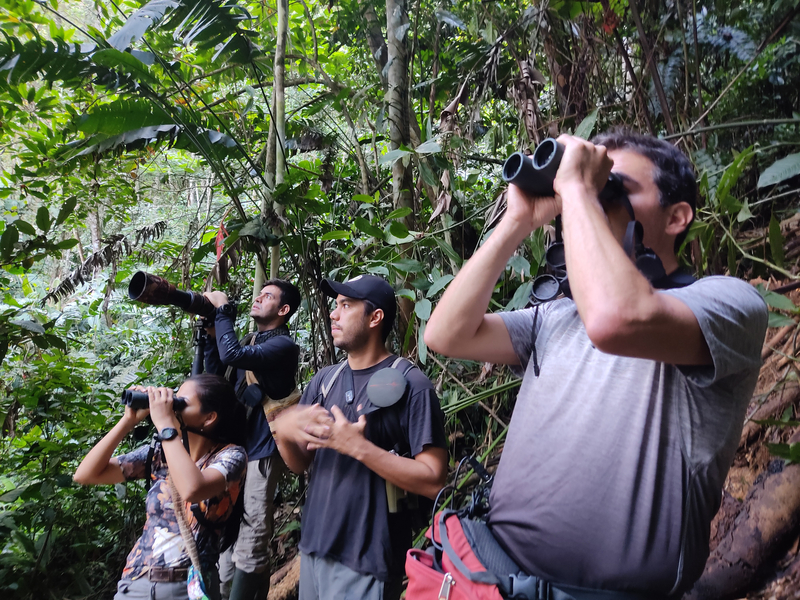
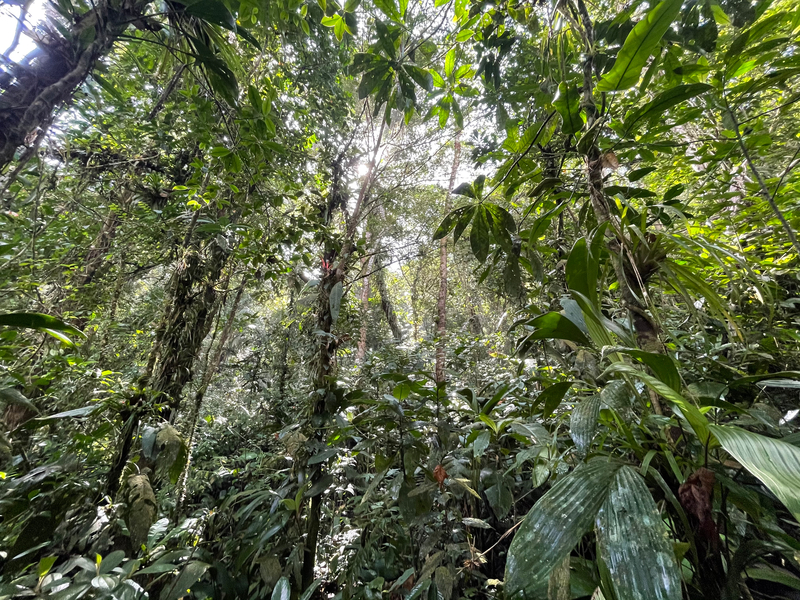

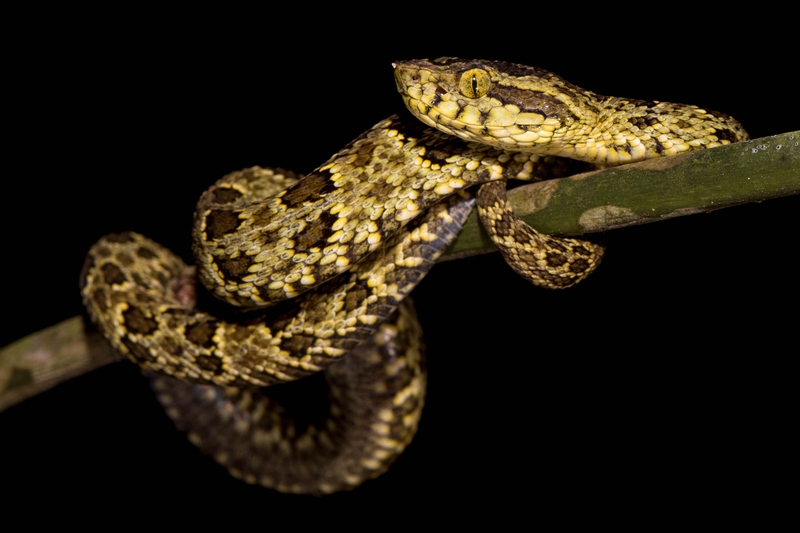
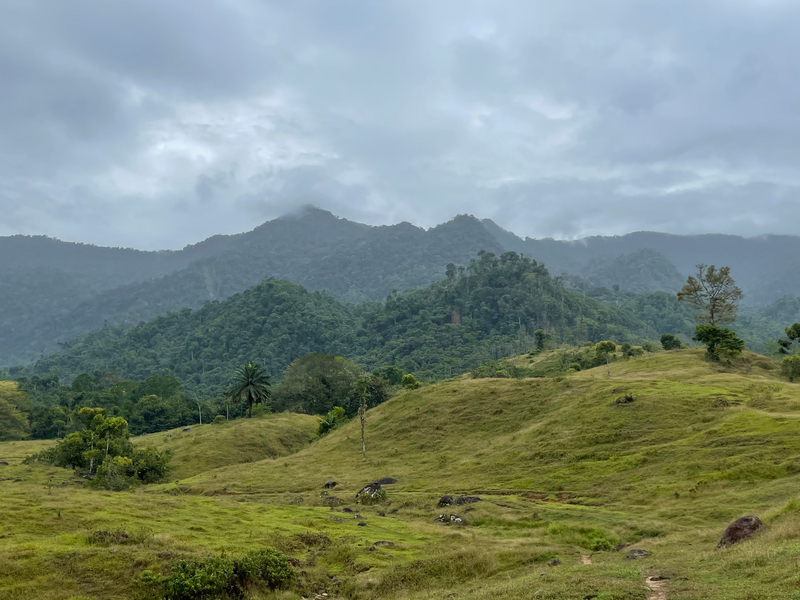

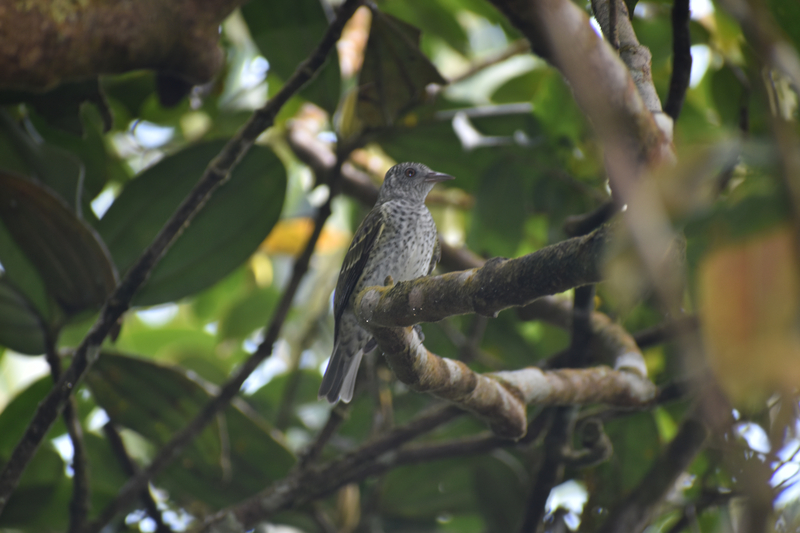

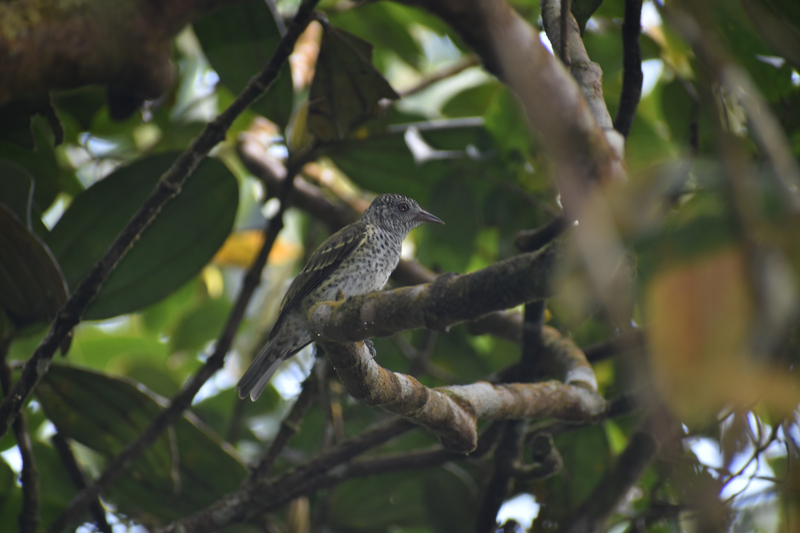
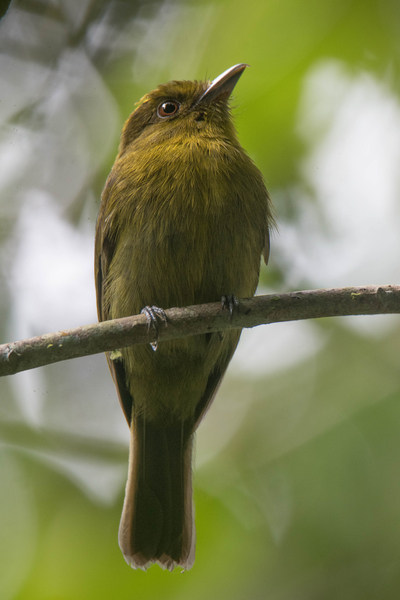


Devin Murphy
Writer
Devin Murphy is Re:wilds’s senior communications specialist and helps Re:wild and its partners tell stories about the work they do to protect wildlife and wildlands around the planet. Her favorite stories about conservation include fascinating and little-known species and the dedicated humans protecting them.
